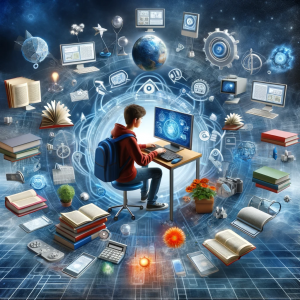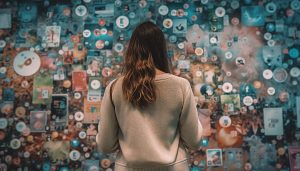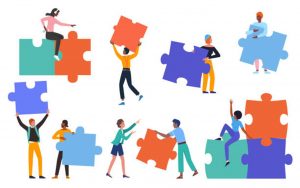 Reflecting on my experience with the Online Networked Learning (ONL) course, I’ve gained invaluable insights that have significantly shaped my approach to teaching and learning. The most profound lessons involve the importance of active engagement, fostering inclusive environments, and the strategic use of technology in education.
Reflecting on my experience with the Online Networked Learning (ONL) course, I’ve gained invaluable insights that have significantly shaped my approach to teaching and learning. The most profound lessons involve the importance of active engagement, fostering inclusive environments, and the strategic use of technology in education.
One key realization is the transformative power of ice-breakers in every meeting. These simple activities dramatically improved group dynamics, fostering a sense of community and openness crucial for collaborative learning. This experience reinforced the notion that engagement is an active responsibility. By taking charge of our learning, both as individuals and as a group, we were able to tailor our educational journey to our specific needs and interests, leading to a more empowering experience. Creating inclusive spaces emerged as another vital lesson. Valuing diverse perspectives and experiences not only made everyone feel welcome but also enriched our discussions, leading to a deeper understanding of the subjects at hand.
These insights have reshaped my approach to both group work and curriculum design. I’ve learned the importance of being proactive in contributions, which makes group work more enjoyable and productive. Aligning curriculum design closely with learning objectives, possibly formulated as a group, ensures relevance and engagement for all students. Moreover, embracing new approaches and stepping out of my comfort zone has become a guiding principle in my teaching. Regarding technology’s role in education, it is a powerful tool, but it should be viewed as a means to an end, not an end in itself. Balancing pedagogical goals with technological tools is crucial for achieving desired learning outcomes.
After completing ONL, I plan to evolve beyond traditional lecture videos in e-learning. My strategy is to integrate these videos with interactive techniques, like virtual discussions and real-time quizzes. This approach will transform passive video watching into an engaging, practical learning experience, making the content more relevant and dynamic for students. For the future development of eLearning, I plan to focus more on social learning. Implementing collaborative projects, peer reviews, or discussion forums can foster a community spirit and mirror real-world collaborative scenarios.
In summary, the ONL course has not only enriched my understanding of effective teaching and learning practices but also inspired me to continuously seek innovative, inclusive ways to engage students in their learning journey.




